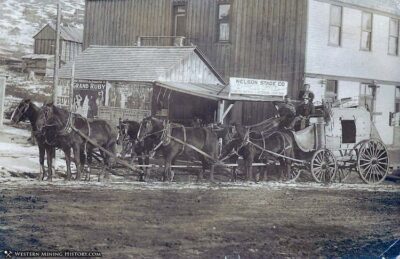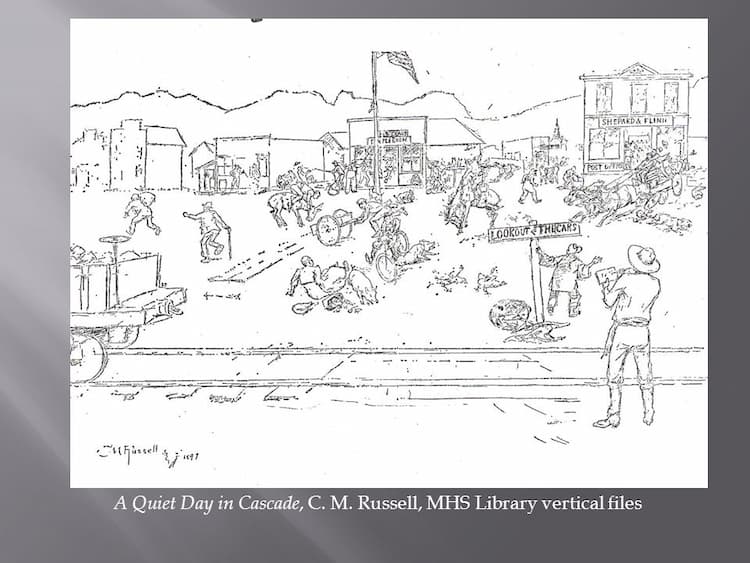Mary Fields (1832-1914) was 𝐛𝐨𝐫𝐧 into slavery in Hickman County, Tennessee, in about 1832. She received her freedom when the war ended and slavery was outlawed. However, she continued to live near her original owners, the Dunn family. She and the Dunns’s daughter, Dolly, became good friends.


Western Mining Company





